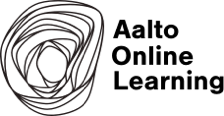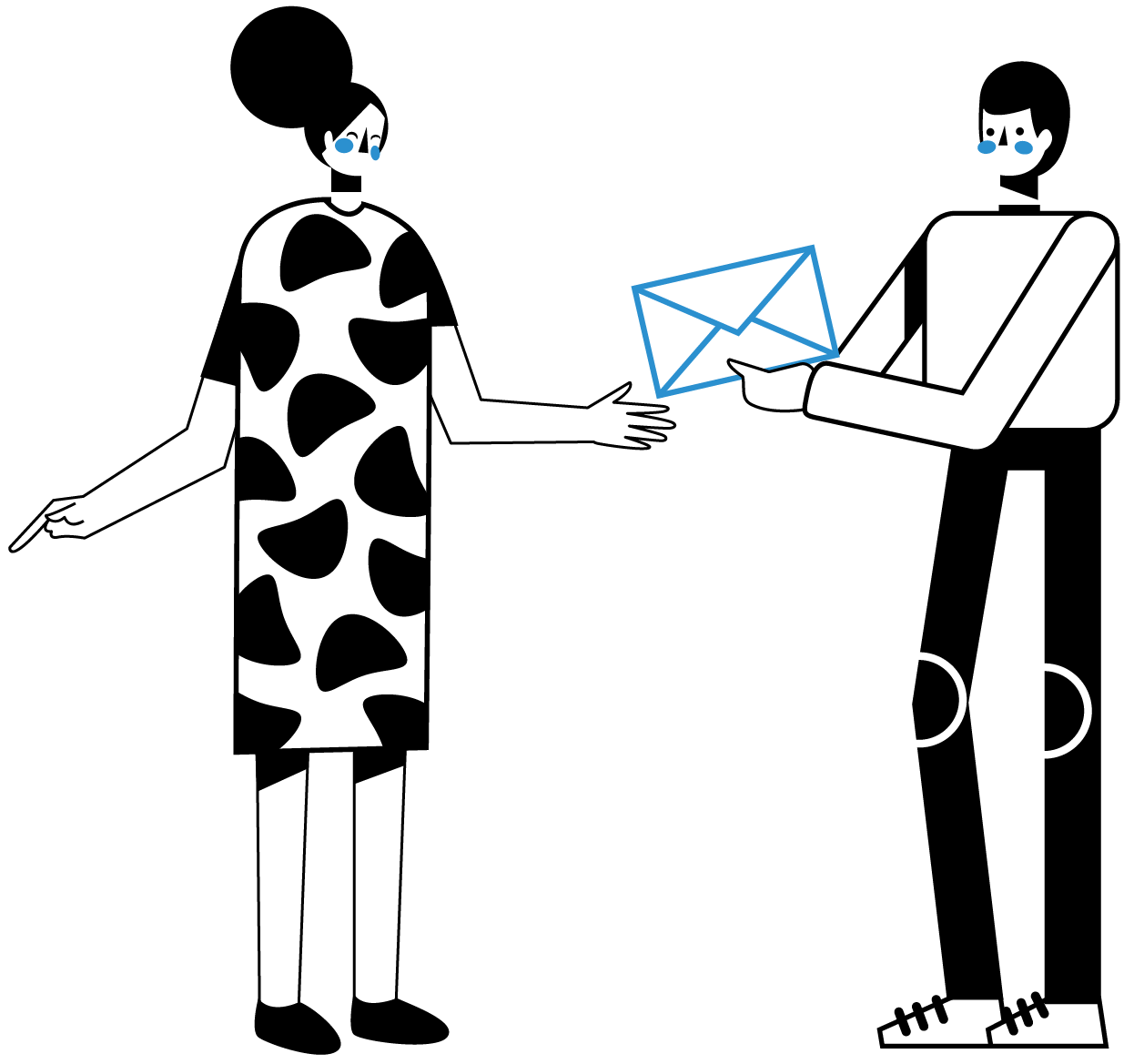Overview
The Chemical thermodynamics (CHEM-C2200) and physical chemistry for BioIT (CHEM-A2250) courses are 5 ECTS units that are obligatory for all students in the Chemistry and materials science program and BioIT students, respectively. Both courses focus on the fundamentals of thermodynamics. In the current format, the course is taught through traditional lectures and a set of online exercises that the students responded to on the Mastering Chemistry –platform. The students can also do additional paper exercises that a teaching assistant then checks. For both types of exercises, the course includes several drop-in workshops every week to help students in solving them. The course book is available to the students as an e-book, and for the CHEM-C2200 portion, also lab work is obligatory.
Based on course feedback, many students thought that the lectures did not facilitate learning, and so the number of students participating in the lecture kept dropping throughout the course. Furthermore, the course tasks and exams contained exclusively quantitative tasks. Indeed, several students commented that they had not learned anything except to put numbers into provided formulas. They had little idea what the numbers signified or how to interpret or apply the concepts behind the formulas. According to the chemistry education literature, this is a common problem in physical chemistry and its effective solution requires a complete overhaul of the course structure, which puts the students at the centre of learning.
The renovation of the course will focus around the adoption of an extreme apprenticeship (EA)[1] approach for the lectures and the exercises and an application of POGIL[2] (process oriented guided inquiry learning) for the experimental part in CHEM-C2200). The major changes are going to be implemented for the autumn 2019 course with further additions and improvements for the 2020 and 2021 courses. Pedagogical research will be conducted on the course improvements.
EA is a novel student-centred teaching method. Its focus is on the development of the student as an expert, and the adoption of teaching strategies that support this goal. In terms of the two target courses, this will be achieved by the adoption of a cyclic course structure similar to the one developed in my pedagogical research.[3] [4]Following this structure, the students first solve a substantial number of pre-lecture exercises and get acquainted with the material before the lectures. They then participate in course lectures that focus on conceptual understanding and discussion of the most challenging topics and prepare the student for the hardest part of the course, i.e., the course problems. The problems require the application of learned concepts and teach both quantitative and qualitative understanding. The solutions for the problems the students then download to the course platform where they then go through a process of peer- and self-assessment.
Both in the implementation of Extreme apprenticeship and POGIL, the production of various kinds of instructional videos will be necessary. The creation of these videos is the primary target of this pilot. In general, we envision four different types of course videos that we utilize in different contexts
a) Explanatory “flipped classroom context” for saving time-resources. These include for example instructional videos on how to use lab equipment in POGIL that the students watch before coming to the lab – or lecture.
b) Non-explanatory videos are used to create questions and excitement among the students. The primary use of these videos is during lectures in discussion and voting activities, where they display some interesting physicochemical phenomenon.
c) Demonstrative videos show real phenomena and save time-resources. These would be primarily employed during the lectures and as part of the course problems to provide concreteness for the course topics.
d) Animated videos visualize complex and dynamic phenomena and the related mathematics. The animations provide numerical and graphical data (cf. example video nb. no educational content) and aim to help the students to understand the quantitative representation of thermodynamic phenomena (e.g. pV=nRT). These types of videos will be primarily utilized for background information on some course problems and as part of the pre-lecture exercises and as an after lecture recap.
Platforms and tools
We plan to use the following tools for the production of our videos
– Videocamera (Sony A7iii)
– Editing software (DaVinci Resolve)
– Animation software (DaVinci Resolve)
– Panopto (To give controlled access for Aalto students)
– Youtube (To give non-controlled access for a larger audience)
– Molecular modelling software (VMD, CP2K, MOLDEN, MOLPRO, and ASE)
Pedagogical methods
The course includes both peer- and self-assessment that are done online. All the different kinds of videos are also present in the MyCourses -platform.
Involved courses
CHEM-A2250 – Physical Chemistry for BioIT (5 ECTS)
CHEM-C2200 – Chemical Thermodynamics (5 ECTS)
Links & Materials
The following videos were made to test visual representation and possibilities of our tools. Note that the videos do not have any educational content:
Animation of a graph as a function of time:
https://www.youtube.com/watch?v=aI3TeIOOO_E
Measured or functioned data can be represented as numbers:
https://www.youtube.com/watch?v=tNMmctowbcA
Bar columns can visualize level of change in multivariate phenomena (e.g. pV=nRT)
People
Lauri Partanen
School of Chemical Engineering, Department of Chemistry and Materials Science
Pilot leader
Ville Nikkanen
VTT
PhD student






